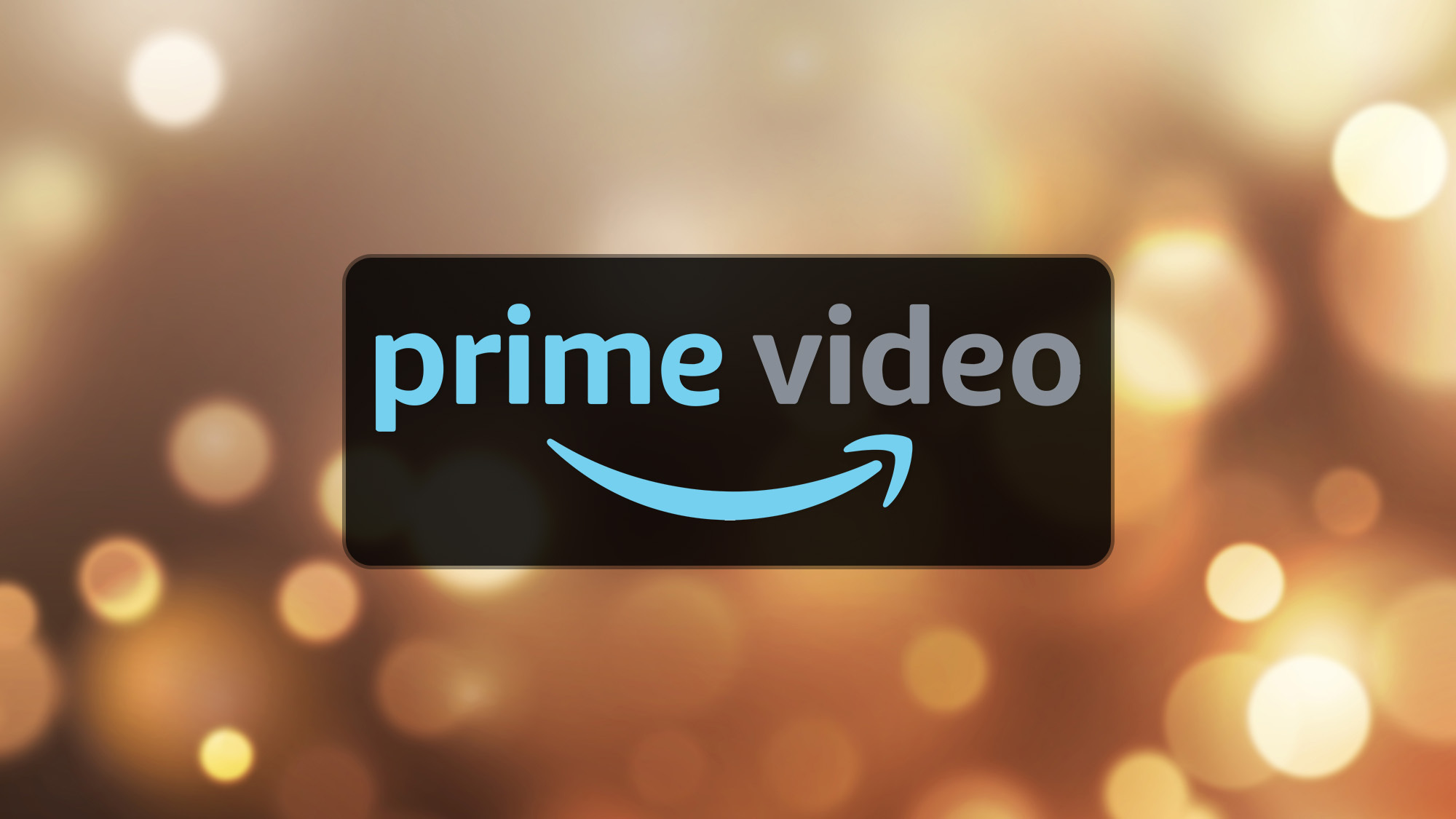I thought the iPad mini was the perfect small tablet until I tried the Lenovo Legion Tab 3 — here’s why
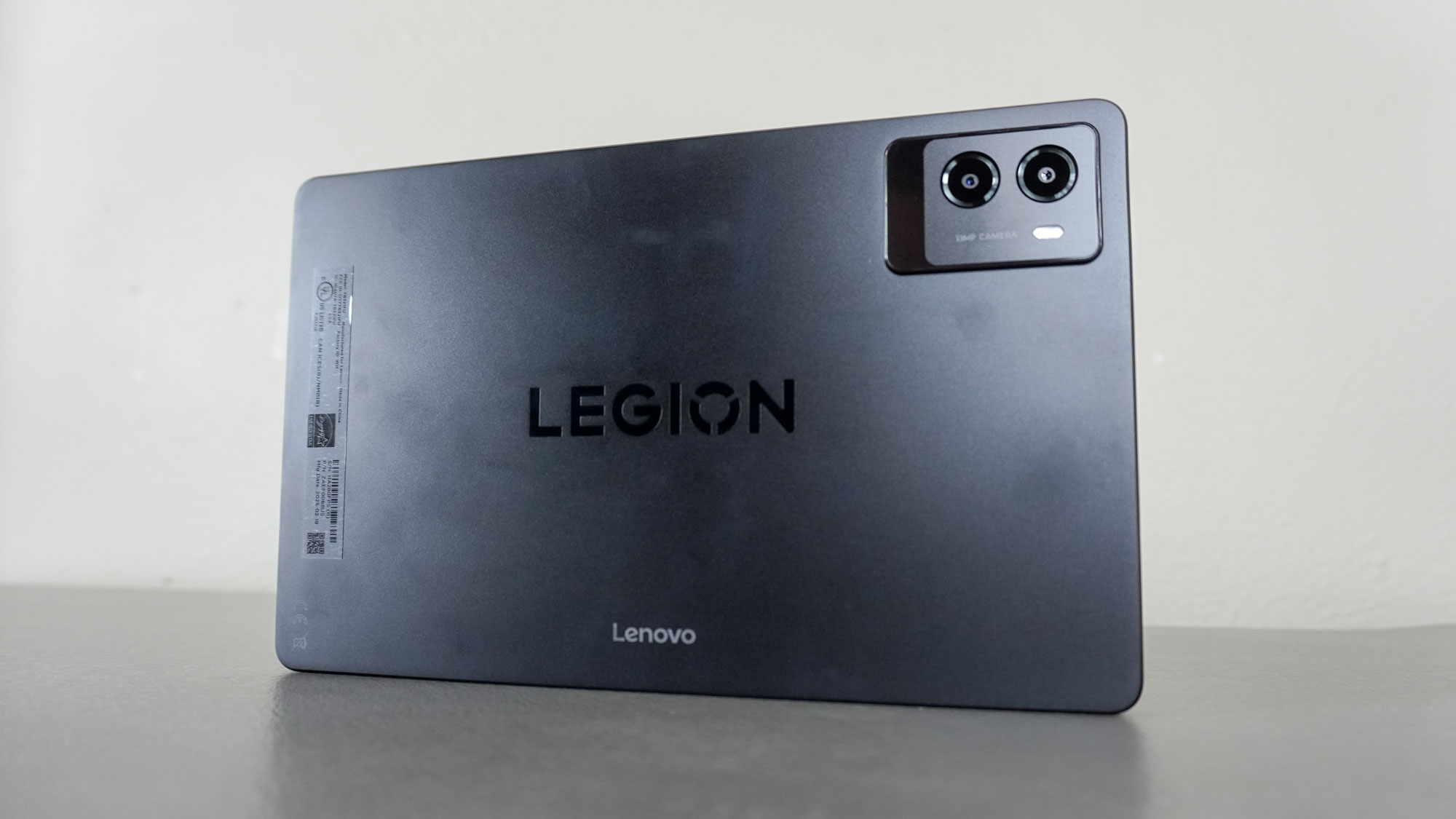
There’s just something inherently more useful about a smaller tablet. Sure, the best tablets have gotten a lot larger in recent years but what I’ve found is that with a bigger tablet, I’m less likely to bring it with me or reach for it when I want a screen slightly bigger than my smartphone.
Even though I prefer Android over iOS, I got a chance to try out one of the best iPads a few months ago and given my propensity towards smaller tablets, of course it was the iPad mini 7. While the switch from Android to iPadOS certainly took some getting used to, I really enjoyed my time with Apple’s smaller iPad. However, as I’ve done for years now, I still longed for something closer to Google’s own iconic Nexus 7.
I knew just the device to scratch my itch for a smaller yet fully capable Android tablet as I held it in my hands earlier this year. When I went to check out Lenovo’s booth at CES, there were all kinds of cool gadgets on display — from an all-in-one PC with speakers inside its monitor to the Legion Go S running SteamOS and even the world’s first rollable laptop. But it was a smaller, 8.8-inch Android tablet that left the biggest impression on me.
I had never considered a gaming tablet before even though I know they’re more powerful and packed with all sorts of extra features. However, it was the smaller size of the Lenovo Legion Tab 3 that piqued my interest. In fact, I was so captivated by it that instead of calling one in for review, I bought it with my own money.
I’ve been using the Legion Tab 3 since it arrived two months ago and it’s exactly what I’ve been looking for. Lenovo actually makes a lot of small tablets compared to other hardware makers but most of them sacrifice power for affordability. The Tab 3 doesn’t but unlike some other larger tablets, you don’t have to pay an arm and a leg for a faster processor and plenty of RAM. Here’s how this small Android tablet completely won me over along with why I think it’s the closest modern equivalent to the Nexus 7.
Everything you need and more
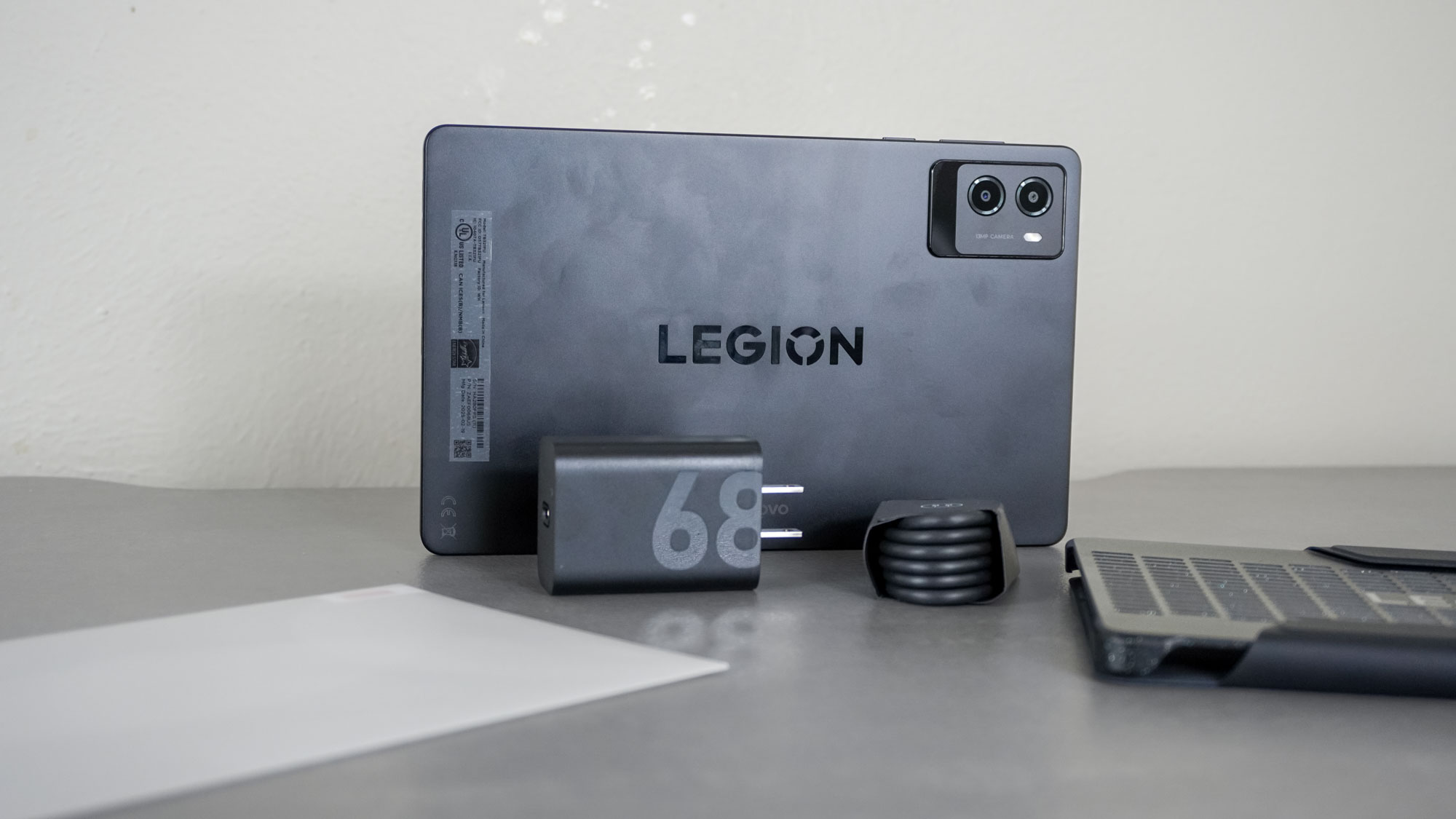
At a time when Apple, Samsung, Google and others have stopped including chargers in the box with the best phones, Lenovo gives you everything you need with the Legion Tab Gen 3. No, really.
Not only do you get a 68W fast charger and a cable to go with it but you also get a glass screen protector and even a folio case with a removable magnetic cover in the box with this tablet. Lenovo also went the extra mile by providing instructions and a few tools to help you get that glass screen protector installed perfectly.
Get instant access to breaking news, the hottest reviews, great deals and helpful tips.
The Legion Tab 3 doesn’t skimp on specs either as it is a gaming tablet after all. You get a Qualcomm Snapdragon 8 Gen 3 processor, 12 GB of LPDDR5X RAM, 256GB of storage, a 6,550 mAh battery and this is one of the first tablets to ship with Wi-Fi 7 support. In fact, after getting it set up, one of the first things I did was to run a speed test and with my fiber internet connection and one of the best Wi-Fi 7 routers set up in my house, I saw peak download speeds of over two gigabits per second.
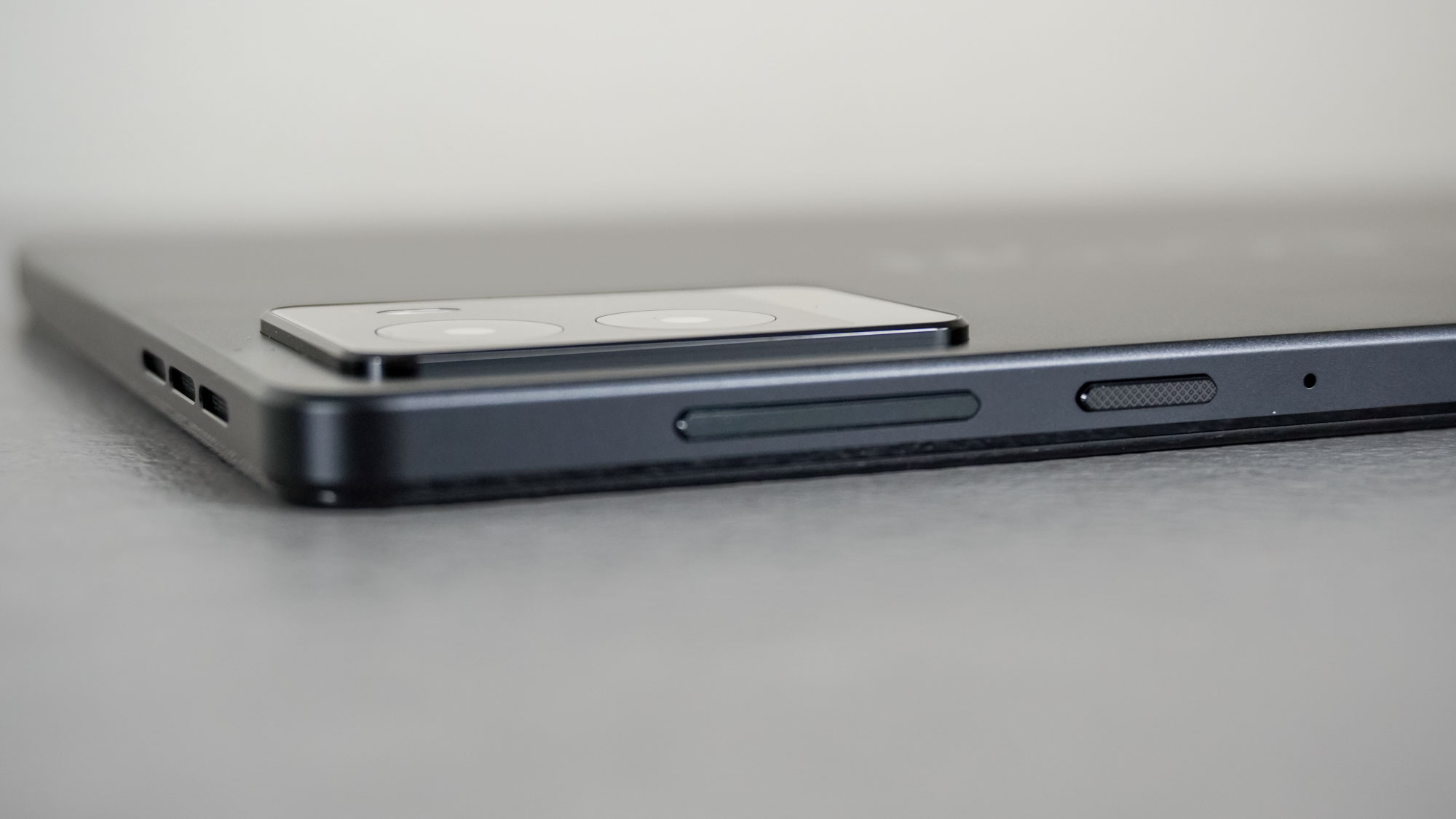
Although I wouldn’t recommend using your tablet as a camera, the Tab 3 comes equipped with a 13MP main camera and a 2MP macro camera on the back but there’s also a 8MP front-facing camera for video calls. While its volume rocker buttons have a smooth feel to them, the power button is textured which makes it easier to find with your finger.
Overall, the Tab 3 features excellent build quality throughout and I really like its full-metal design and its matte finish. It feels really solid in hand with no flexing at all. At 8.21 x 5.10 x 0.31 inches, it’s slightly larger than the iPad mini 7. However, this works in its favor — especially for playing games but more on that in a bit — as the Tab 3 has a 16:10 aspect ratio while the iPad mini has a 3:2 aspect ratio.
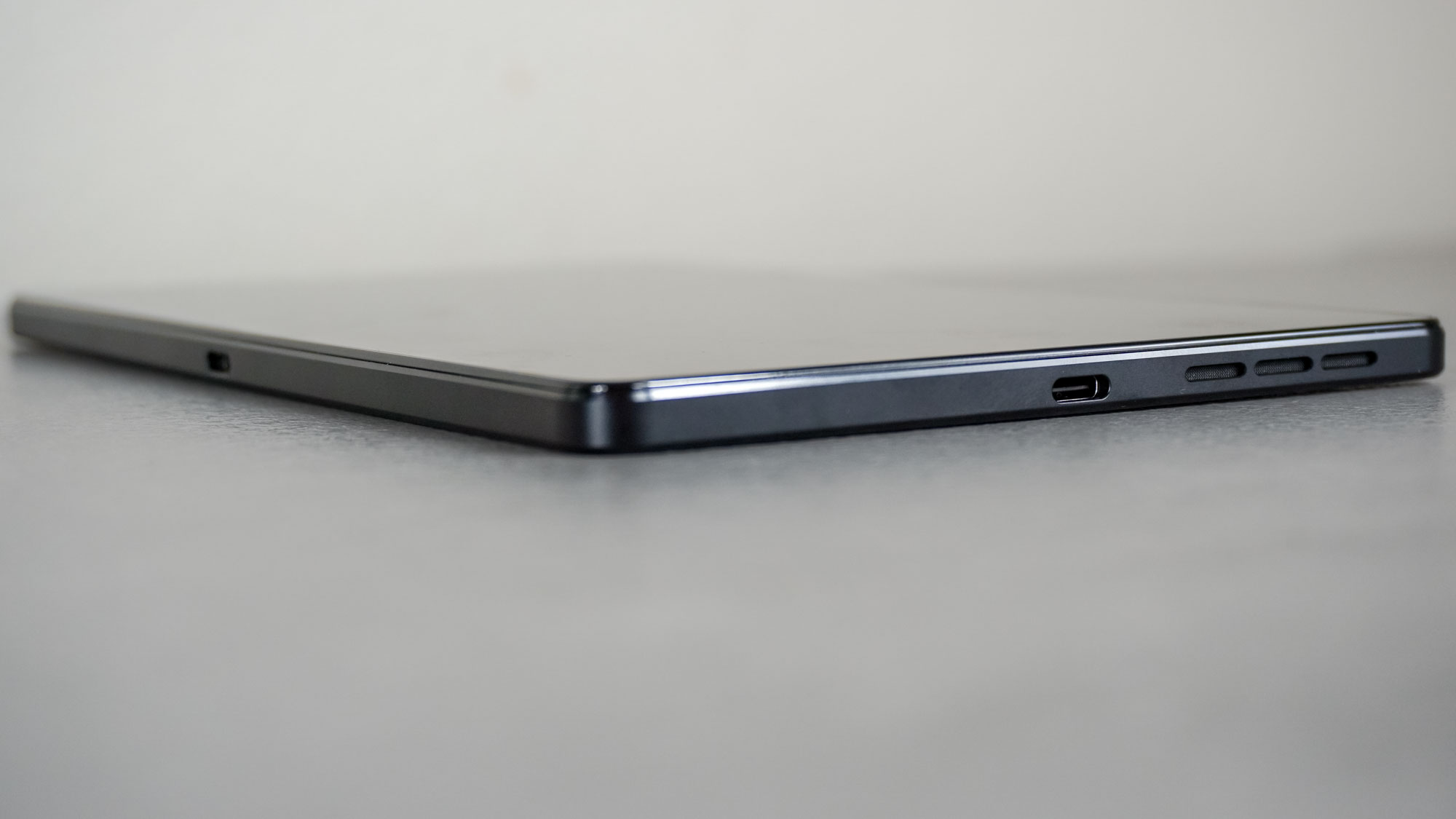
One thing that really excited me about the Tab 3 is that it’s the first device I’ve used with dual USB-C ports. There’s one on the bottom of course but there’s also one on the left side. The main one has a transfer rate of 10GB/s while the other one is significantly slower at 480Mb/s, though it’s still useful to have two of them so that you can play with one of the best mobile game controllers while charging at the same time.
This gaming tablet features an 8.8-inch, 165Hz display with a Snapdragon Gen 3 processor, 12GB of RAM, 256GB of storage and Wi-Fi 7 support. It also comes with a folio case, a glass screen protector and a 68W fast charger in the box.
Right there when you need it
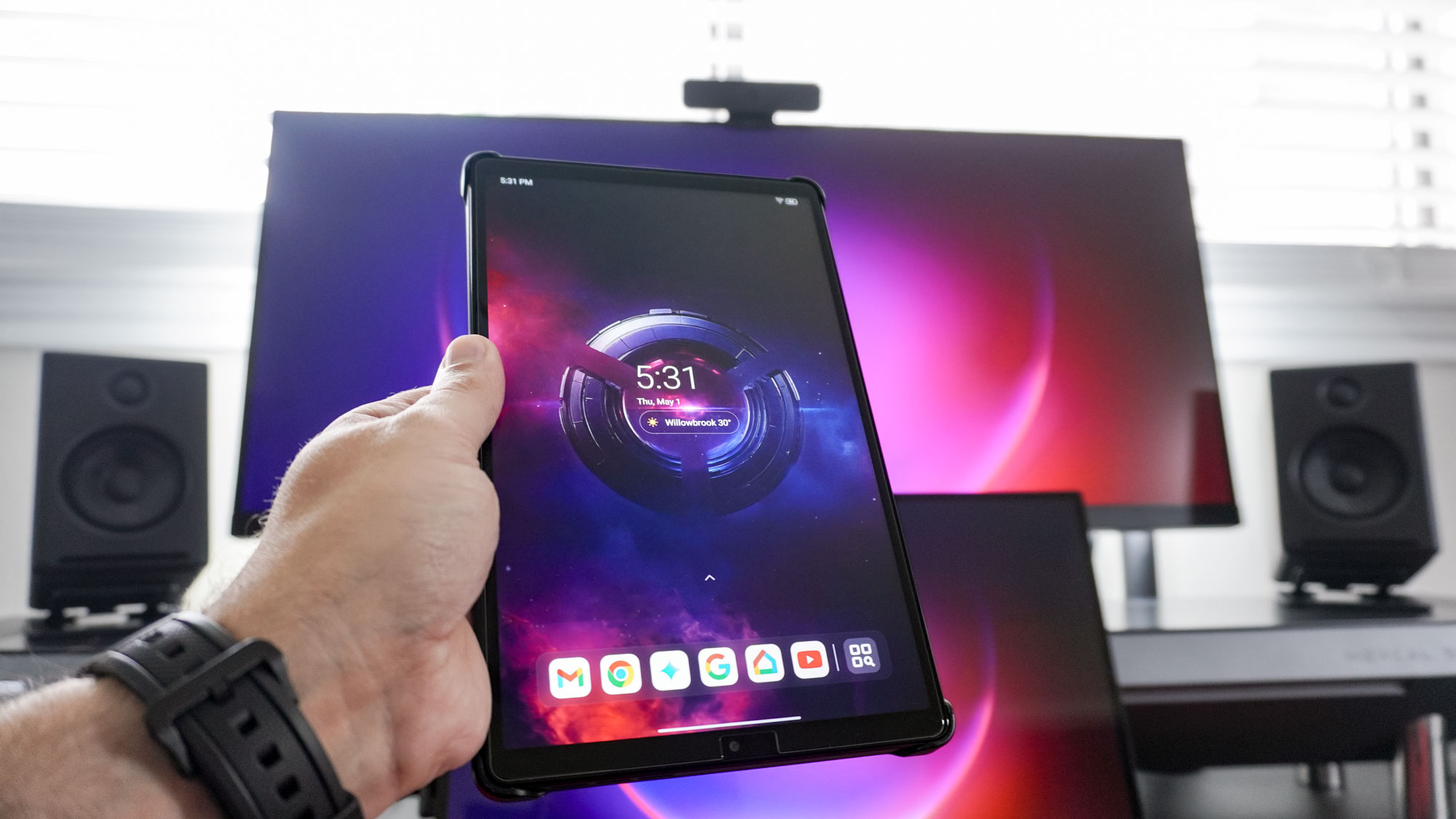
As I mentioned before, what I like about smaller tablets is that it’s easy to keep one on your desk without cluttering things up too much. While I normally have my Nothing Phone 2 next to me at all times, I’ve taken to leaving the Tab 3 in the phone holder on the side of my desk.
Thanks to its more powerful processor, I haven’t had to deal with any slowdowns or lag and when I do reach for it, the Tab 3 is ready to go at full speed. I do wish that it had a built-in fingerprint scanner like on the iPad mini 7 but with double tap to wake and Face Unlock set up, I can get into my tablet almost just as fast.
The Tab 3’s 6,550 mAh battery has been a welcome addition to and unlike on my larger Lenovo P11 Gen 2 tablet, I don’t really have to worry about its battery running out. When I went to New York to go hands-on with the Switch 2 last month, I dropped it off at our testing lab and in our battery life tests, it lasted a whopping 15 hours and 40 minutes on a single charge. If it does run out of juice, I can quickly get its battery back up to 38% in 30 minutes thanks to the Tab 3’s built-in fast charging.
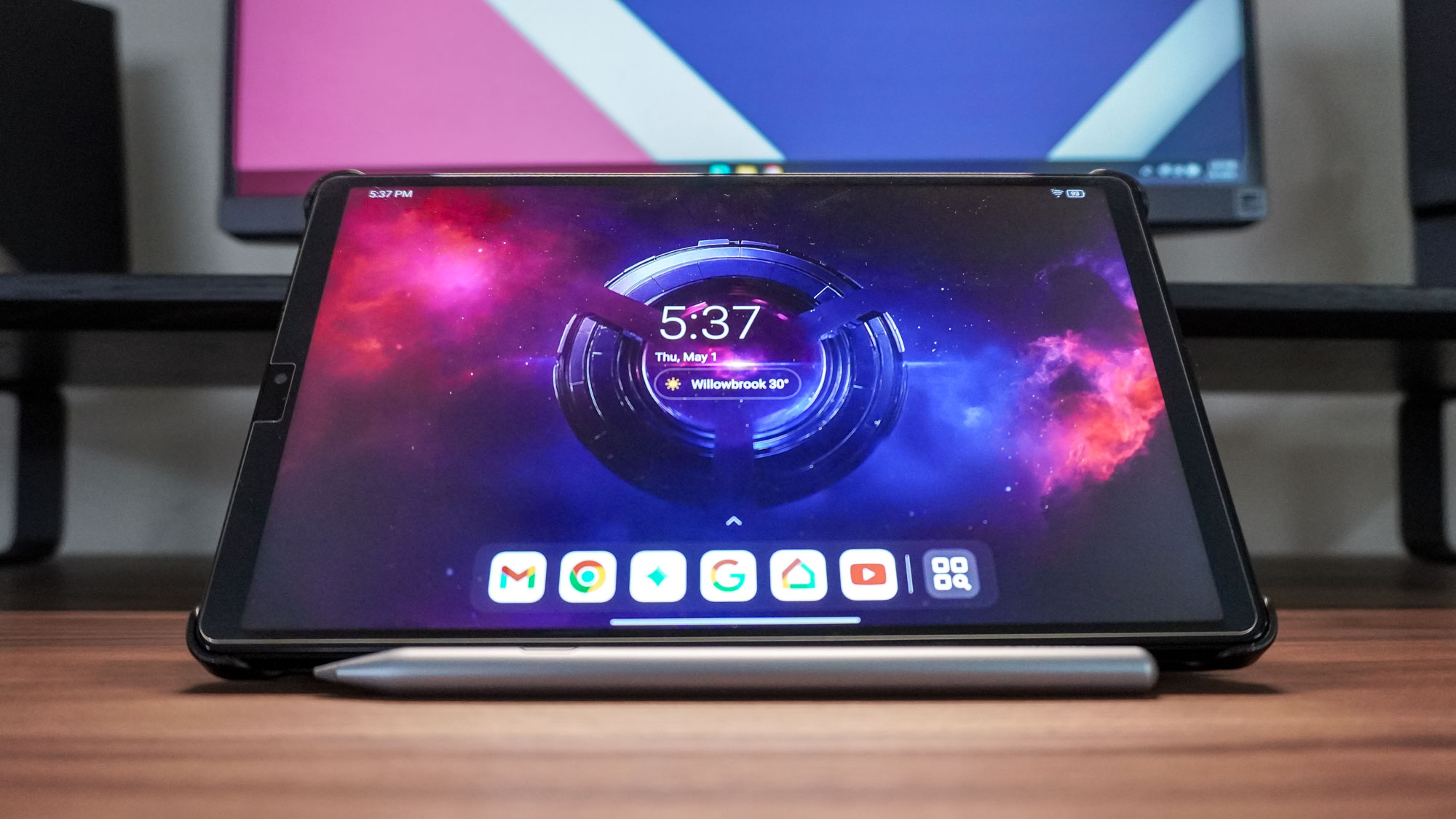
While you do get all of the accessories you need in the box with the Tab 3, there is one optional accessory that I decided to spring for. When I ordered the tablet, I also added the Lenovo Tab Pen Plus ($50, Lenovo) to my cart as I remember I had a very difficult time tracking down a USI stylus for my Chromebook Duet 3. It charges via USB-C, so I don’t need to worry about pesky AAAA batteries like with my old Surface Pen and even after having it for a few months now, I’ve only had to charge it a handful of times.
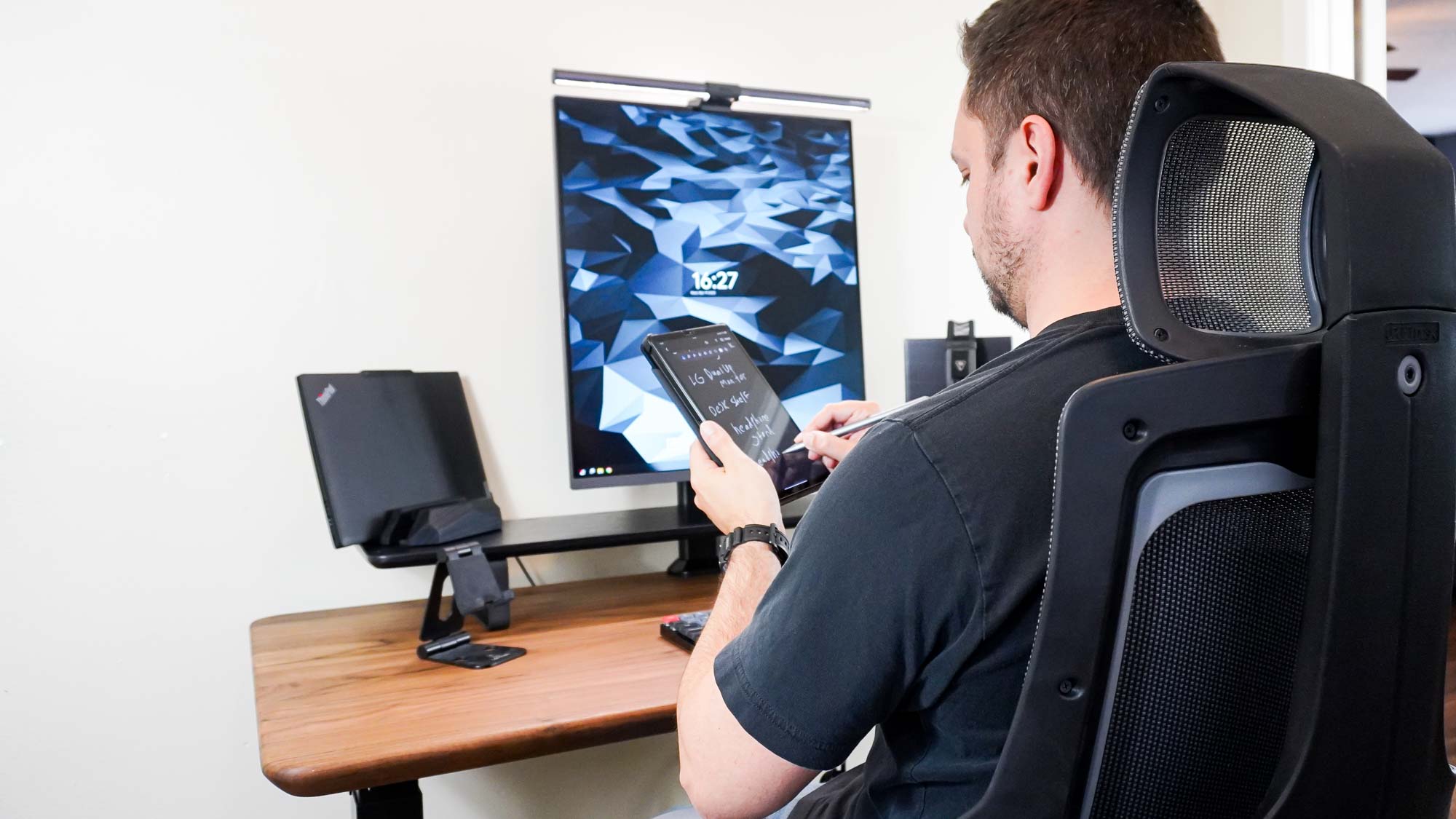
I really like using the Lenovo Tab Pen Plus to scroll through the news and even just to navigate through Android 14’s menus as I’m not much of a digital artist. It’s also useful for taking notes and back when I built my distraction-free desk setup, I had the Tab 3 right there on my desk so that I wouldn’t have to take out my phone. The Tab Pen Plus has a small button on the side too which you can use to quickly bring up Lenovo’s stylus menu to do things like take notes, screenshots and even lets you pull up Google’s AI-powered Circle to Search.
It would have been nice to have the Tab Pen Plus in the box with the Legion Tab 3 but considering you get all of the other essential accessories you’d otherwise have to buy, I didn’t mind paying extra for it.
Ready for gaming
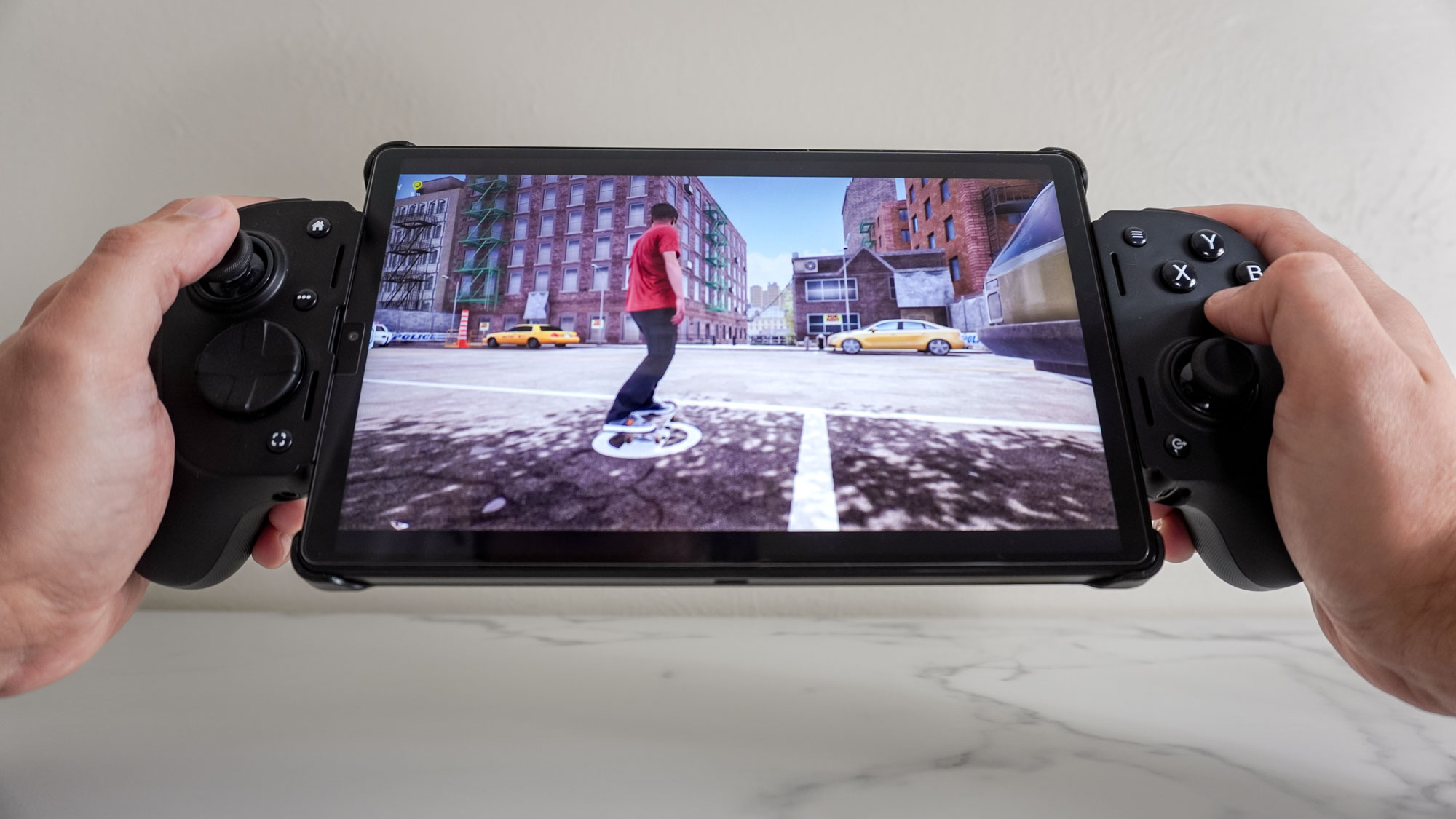
I prefer to play games on console or on my PC but my final push when it came to picking up the Tab 3 was the fact that the tablet is the perfect size for larger, telescopic mobile controllers like the Razer Kishi Ultra. I actually borrowed an iPad mini 7 from work to try this out at first but then I realized that remote play would be even better on a Wi-Fi 7-powered device like the Tab 3.
My thinking was spot on for two reasons. Wi-Fi 7’s higher bandwidth made for a smoother experience playing games remotely on my Xbox Series X but it was even better playing PC games on the AtomMan G7 Ti I reviewed a while back. Besides being one of the best mini PCs, it too comes equipped with Wi-Fi 7. Besides less lag while playing remotely, the Tab 3’s 16:10 aspect ratio meant that I got to take full advantage of its 8.8-inch screen. You see, with the iPad mini 7 and its 3:2 aspect ratio, the black bars on the top and bottom of the screen were quite a bit larger.
As I’m working on my review of the Razer Kishi Ultra while I’ve been testing out the Tab 3, I also installed some native Android games on it too. More demanding titles like Grid Autosport run fantastic on this gaming tablet even if there aren’t that many console-quality Android games. There are certainly more on iPadOS but unfortunately, the iPad mini 7 just isn’t equipped to handle the full console ports like Resident Evil Village and Death Stranding which have recently come to Apple’s latest iPhones.
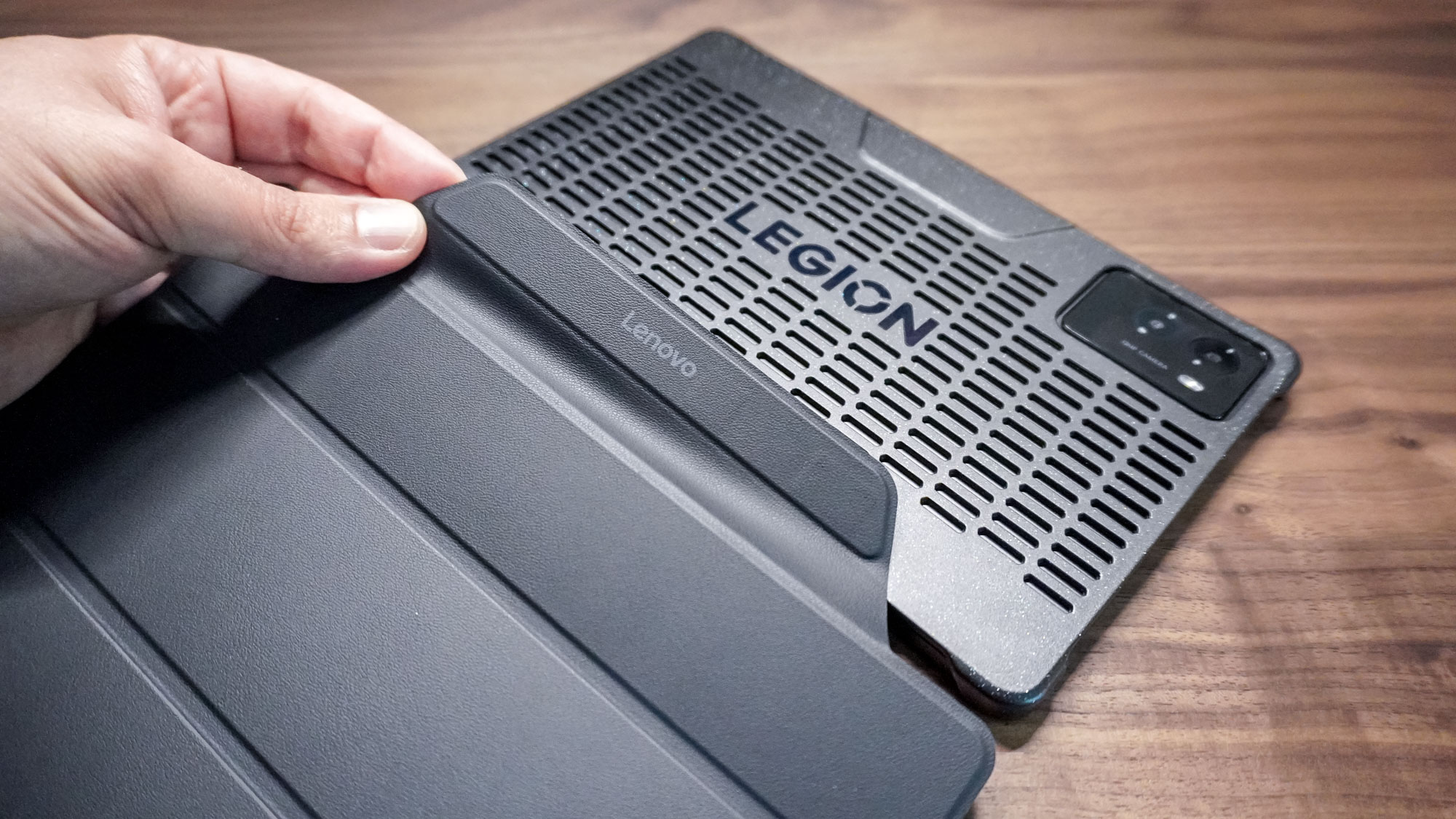
If you’ve ever messed around with the Backbone One or other phone controllers, you know that you often have to take the case off your phone to use them. With the Tab 3 and the Kishi Ultra, this wasn’t the case at all (no pun intended). I was able to leave the included case on, though I did have to remove its folio-style cover. Fortunately, it attaches magnetically to the case and comes off and goes right back on very easily.
I’ve also been playing some PlayStation exclusives remotely using the Tab 3, the Kishi Ultra and the PS5 Pro but that’s for another story I’m working on for our Gaming Week event which is coming up really soon. I’ll save the details for that piece but it’s worked out great too.
Not a smidge of buyer’s remorse
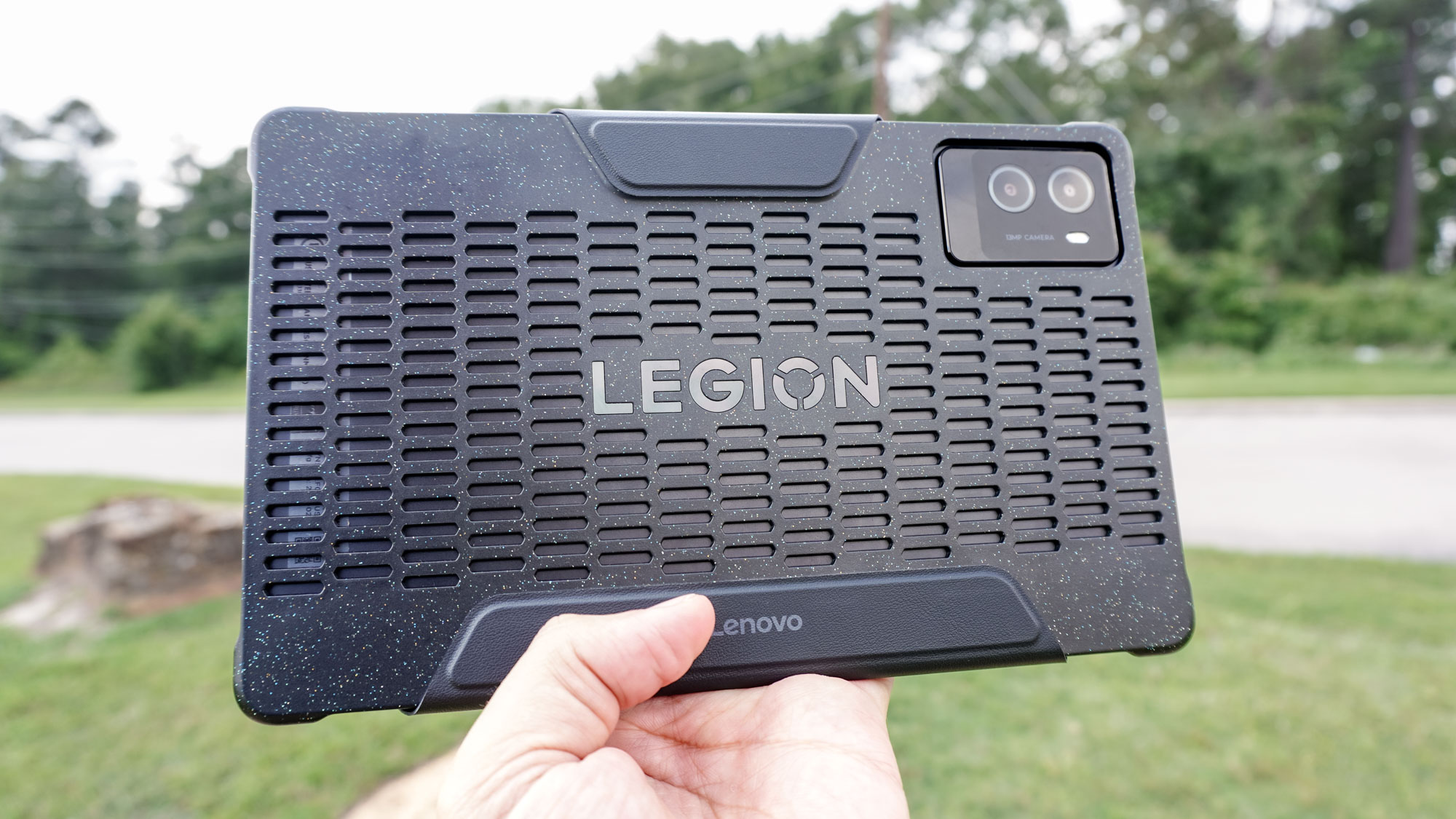
I was so impressed by the Legion Tab 3 at CES that I ordered one as soon as they became available. However, at that time, I didn’t realize how quickly Lenovo releases new versions of its Legion Tab line. I got this small tablet back in March and now the company is already teasing a Legion Tab 4 which is set to release later this month, well at least in China.
Based on what we know so far, this new model will be thinner, lighter and will likely feature Qualcomm’s more powerful Snapdragon 8 Elite chip, though it will have the same sized 8.8-inch screen as my Tab 3. If this was an iPad, I might have buyer’s remorse given that Apple usually makes significant changes between its iPad mini models.
For me though, the Tab 3 is perfect for my needs. It’s blazing fast, has plenty of built-in storage and I really like its extra gaming-focused features like the dual USB-C ports. Best of all, it runs Android which I’m more familiar with and I can still play all of the various games I’ve bought over the years.
If you want to be on the cutting edge, I’d suggest waiting a bit for the full details on the Tab Gen 4. However, if you just want a small but very capable Android tablet, then it might be worth picking up the Tab Gen 3 instead, especially if you can get it at a discount. I’m really happy with my purchase and if you’ll excuse me, I’m off to test out a few more games with it and the Razer Kishi Ultra.
More from Tom's Guide
- I ditched my laptop for a pocketable mini PC and a pair of AR glasses — here’s what happened
- I tried the Nintendo Switch 2 Pro Controller and it adds the one feature I’ve always wanted
- I thought speed tests were the be-all and end-all way to measure my internet connection until I tried Orb

Anthony Spadafora is the managing editor for security and home office furniture at Tom’s Guide where he covers everything from data breaches to password managers and the best way to cover your whole home or business with Wi-Fi. He also reviews standing desks, office chairs and other home office accessories with a penchant for building desk setups. Before joining the team, Anthony wrote for ITProPortal while living in Korea and later for TechRadar Pro after moving back to the US. Based in Houston, Texas, when he’s not writing Anthony can be found tinkering with PCs and game consoles, managing cables and upgrading his smart home.
You must confirm your public display name before commenting
Please logout and then login again, you will then be prompted to enter your display name.

